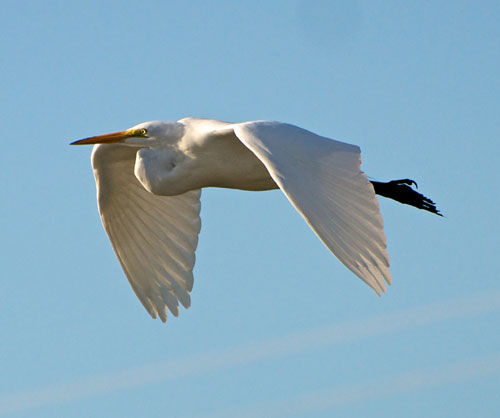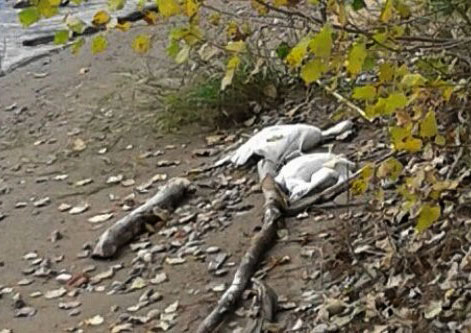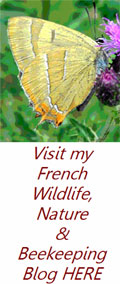Great Egret or Great White Egret
Ardea alba
Grande Aigrette
The Great Egret or Great White Egret, (Ardea alba), is a common sight in much of France but this is a relatively recent phenomena. As short a time ago as the 1980’s they were a rare winter visitor and only to be seen occasionally in the very south of France in Camargue and yet 100 years before that they were abundant in the country much the same as today.
So what happened that brought about their disappearance and subsequent return some 100 years later?
The answer can be found in the age old human desire to decorate and ornament ourselves and in this case principally for females to be more attractive to the opposite sex with the use of elegant and exotic feathers mainly in their hats and headwear. Apparently although feathers had been used for centuries to adorn head-wear it was the feather boa that triggered the boom in the international plumage trade in the 18th and 19th centuries with feathers being used as both a fashion accessory and a statement of social status. They were also extensively used by cabaret dancers in their erotic performances which no doubt added to their popularity. In France and other European countries, (Germany, Austria etc), this led in the 19th century to what effectively amounted to the local extermination of the Great White Egret with none left in France at any time of the year. This extermination was greatly assisted by the greater availability of more technically advanced firearms. This fashion finally became unpopular and came to an end in the first part of the 20th century including legislation in the USA. The subject has commonly become known as the Plume Boom or murderous millinery.
The fight back in breeding populations in Eastern Europe is a long story, (links below), but in France the first breeding record following the National extinction was in 1994, when two pairs nested in the Camargue (Marion & Marion 1994), and by 2000 the French population was estimated at 15–20 breeding pairs.
This increased to 69 pairs in 2004, 142 pairs in 2007 and 160–200 pairs in 2008 (Dubois et al. 2008, 2012; Marion 2009). The most important site is Lake Grand-Lieu, Loire-Atlantique, in western France, where 144–165 pairs bred in 2008–10 (Reeber 2011; Sébastien Reeber pers. comm.).
In 1998–2002 the wintering population was estimated at 900–2,500 birds (BirdLife International 2004) but it has since increased to 4,000–5,000 (Dubois et al. 2008; Frédéric Jiguet pers. comm.) and it’s reasonably safe to say that the population has continued to grow.
The Egrets were usually killed on the nest or when nesting as this is when they have their mating plumes.
About the Great White Egret
They are a large all white bird and in common with all Egrets a member of the Heron family. They stand up to 1 metre tall and are only slightly smaller than the Grey Heron Ardea cinereawith whom they share many common behavioural characteristics. Apart from size, the Great Egret can be distinguished from other white egrets by its yellow bill and black legs and feet, though the bill may become darker and the lower legs lighter in the breeding season.
They will be seen mostly near water especially lakes or in Mairais, (marshes), often roosting in trees when not feeding. In winter they will be seen standing in fields in the same way as their close cousins Grey Herons, (Ardea cinerea), where they catch similar passing prey of small reptiles, small mammals, insects and worms. When feeding in lakes and wetlands their diet also includes amphibians, small grass snakes and fish but in all cases prey is captured by either standing motionless or by stalking slowly then spearing with their long sharp bill.
Nesting is also similar to the Grey Heron where small colonies are formed nesting in trees at a height of between 3 and 12 metres. Pairing usually takes place in their third year when up to 6 eggs are laid with both parents taking part in both incubation and feeding of the chicks.




